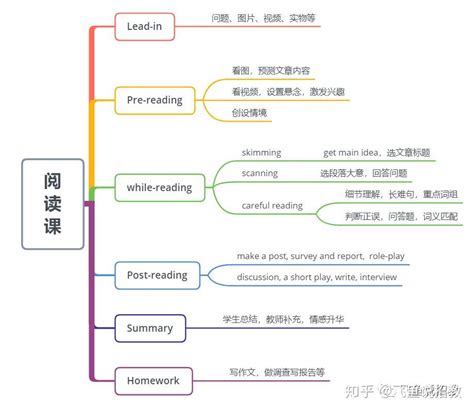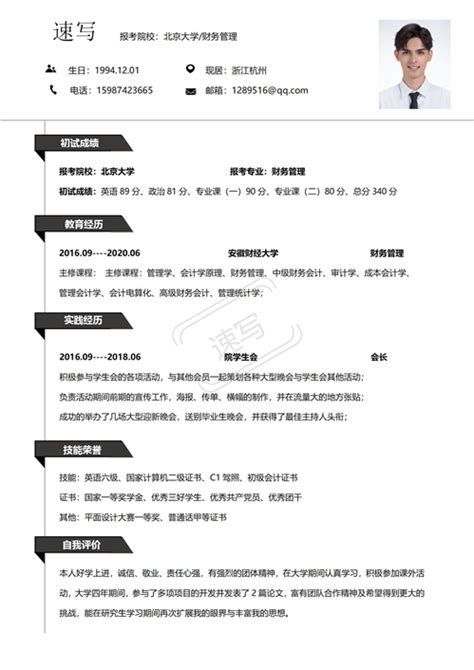人文学科中的例子英语翻译
Title: Examples of Personification in English Literature
Personification, a literary device in which human attributes and qualities are attributed to nonhuman entities or abstract concepts, is a hallmark of English literature. From the earliest literary works to modern masterpieces, personification breathes life into characters, objects, and even ideas, allowing writers to convey deeper meanings and evoke vivid imagery. Let's explore some notable examples of personification in English literature across different genres and periods:
1. William Shakespeare's "As You Like It" (1600):
In this pastoral comedy, Shakespeare employs personification to imbue nature with human emotions and characteristics. One striking example is found in Jaques' famous speech:
"All the world's a stage,
And all the men and women merely players;

They have their exits and their entrances,
And one man in his time plays many parts..."
Here, the world is personified as a stage, depicting life as a theatrical performance with its own actors and stages.
2. William Wordsworth's "I Wandered Lonely as a Cloud" (1807):
Wordsworth, a key figure in the Romantic movement, frequently employed personification to animate nature. In this poem, he personifies daffodils:
"I wandered lonely as a cloud
That floats on high o'er vales and hills,
When all at once I saw a crowd,
A host, of golden daffodils..."
By attributing human qualities such as cheerfulness and companionship to the daffodils, Wordsworth elevates their significance beyond mere flowers, evoking a sense of joy and unity with nature.
3. George Orwell's "Animal Farm" (1945):
Orwell's allegorical novella employs extensive personification to satirize political ideologies and human behavior. The animals on the farm, representing different social classes and political figures, are personified to convey complex ideas in a simple, accessible manner. For instance, Napoleon, the pig, embodies tyranny and corruption, while Old Major personifies wisdom and idealism.
4. J.K. Rowling's "Harry Potter" series (19972007):
Rowling masterfully employs personification throughout her magical saga, giving life to various objects and creatures. One notable example is the Sorting Hat, which sorts Hogwarts students into their respective houses based on their traits and qualities. Despite being a mere hat, it possesses wisdom, discernment, and a distinct personality, enriching the fantastical world of Harry Potter.
5. Margaret Atwood's "The Handmaid's Tale" (1985):
Atwood's dystopian novel utilizes personification to underscore themes of oppression and resistance. The Republic of Gilead, the authoritarian regime in the story, is personified as a malevolent force that controls and dictates every aspect of people's lives. This personification reinforces the pervasive influence of the regime and its dehumanizing effects on society.
In conclusion, personification serves as a powerful literary tool in English literature, enabling writers to infuse inanimate objects, natural elements, and abstract concepts with human qualities and emotions. By doing so, authors can create vivid imagery, convey deeper meanings, and evoke emotional responses from readers, thereby enriching the narrative and enhancing the overall literary experience.
版权声明
本文仅代表作者观点,不代表百度立场。
本文系作者授权百度百家发表,未经许可,不得转载。











